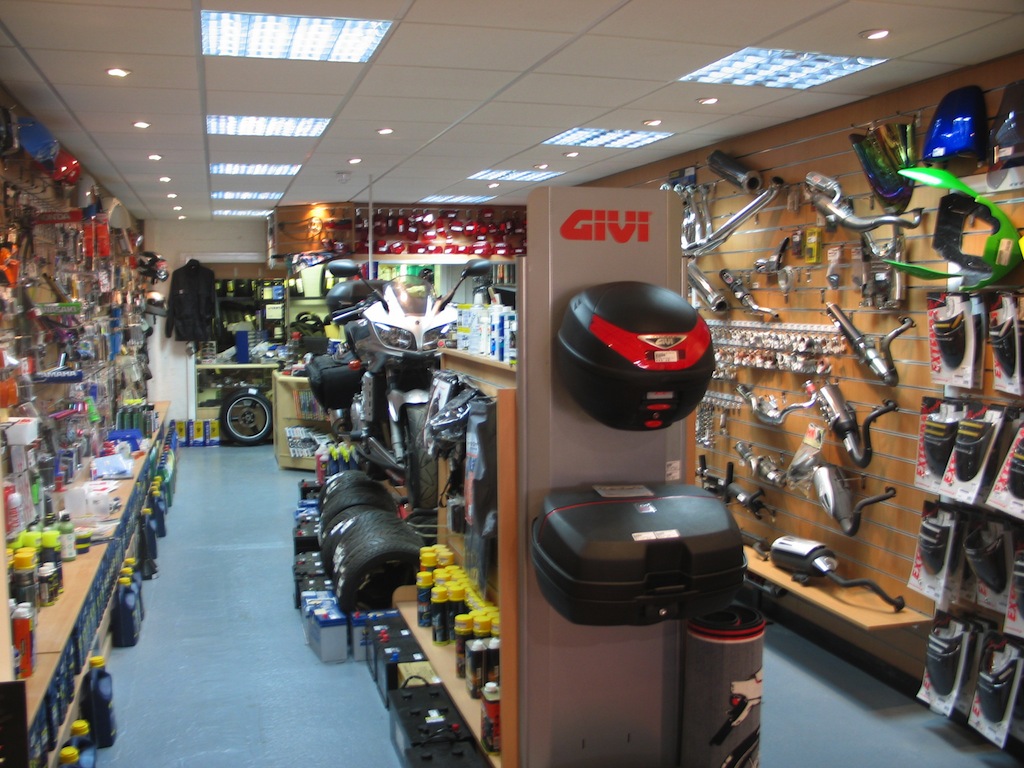Find Competitive Rates on Motocross Parts NZ for every single Bike
Find Competitive Rates on Motocross Parts NZ for every single Bike
Blog Article
An In-depth Take A Look At Bike Components: What Every Rider Ought To Know
A detailed understanding of motorcycle components is not simply advantageous yet important for any biker aiming to make the most of efficiency and safety. Each element, from the engine's detailed functions to the reliability of brake systems, plays a critical function in the total experience and performance of the bike.
Understanding the Engine
The engine, typically regarded as the heart of a motorcycle, is a complicated assembly of elements that function in consistency to transform fuel right into motion. At its core, the engine's primary feature involves the burning procedure, where air and gas mix and fire up within the cyndrical tubes, resulting in controlled surges that drive the pistons. These pistons go up and down, transforming chemical energy into mechanical energy, which ultimately transforms the crankshaft, inevitably powering the bike.

Understanding the complexities of a motorbike engine is crucial for fanatics and cyclists alike. It not just gives insight into just how motorbikes attain their excellent power and speed but additionally aids in efficient maintenance and troubleshooting, ensuring long life and reliability when traveling.
Suspension Equipments
While the engine powers the motorbike, the suspension system plays an essential function in ensuring a smooth and regulated ride. The shock absorber is in charge of soaking up shocks from the roadway surface area, preserving tire contact, and giving security throughout cornering and braking. It consists of two major components: the front forks and the rear shock absorbers.
Front forks are typically telescopic, moistening and having a springtime mechanism. The spring presses and extends to absorb bumps, while the moistening device controls the activity to stop excessive bouncing. This mix guarantees the front wheel remains touching the road, providing premium handling and comfort.
The rear suspension, normally a monoshock or twin-shock setup, works likewise to the front suspension yet is tailored to sustain the motorcycle's weight and biker - motorcycle shop. It handles back wheel activity, contributing to the bike's overall equilibrium and responsiveness
Shock absorber can be adjustable, permitting cyclists to tweak preload, compression, and rebound settings according to individual choices and riding conditions. This adjustability enhances performance by enhancing the motorbike's communication with diverse terrains. In summary, an effective suspension system is essential for motorcyclist comfort, security, and the motorbike's managing expertise.
Brake Components
Stopping power is an essential aspect of motorbike safety and security, and it hinges on the efficiency of the brake components. The primary elements of a bike's braking system include the brake pads, calipers, rotors, and master cyndrical tube. motorcycle parts nz. Each of these components plays a critical duty in making certain efficient braking performance
Brake pads are vital as they produce the necessary friction versus the blades to reduce or quit the motorcycle. Constructed from products such as sintered steel or natural compounds, the choice of brake pad material substantially affects efficiency and longevity. Calipers, housing the brake pads, use pressure to the pads when the brake bar is engaged, facilitating Discover More contact with the rotors.
The blades, usually made from stainless-steel or actors iron, are installed to the wheels and work as the surface area against which the brake pads press. Their style, consisting of diameter and density, impacts heat dissipation and stopping power. The master cylinder, attached to the brake lever, creates hydraulic stress sent via brake lines to the calipers, making sure consistent stopping force.
Normal upkeep and assessment of these components are essential for optimal efficiency, stopping wear and making sure biker safety and security on the roadway.
Tire Essentials
Beyond keeping durable my link stopping systems, making sure optimum tire efficiency is equally considerable for motorcycle safety and security and performance. Tires are the single call factor in between the road and the motorbike, making their condition critical in dealing with, security, and general trip high quality.

Furthermore, think about the tire's age. Rubber substances deteriorate with time, even if step shows up sufficient. Examine the sidewall for the DOT (Department of Transport) code to ascertain the tire's age. Normally, substitute is recommended every 5 years, no matter wear. Spending attention in these tire essentials not only maximizes performance however additionally significantly boosts riding safety.
Electrical Equipments
In the realm of motorbike upkeep, the electric system plays an important duty in guaranteeing reliable performance and biker security. This complex network incorporates vital components such as the battery, alternator, starter motor, and wiring harness. Each element is important for the smooth procedure of the bike, from ignition to lighting and interaction with various sensing units.
The battery serves as the heart of the electric system, supplying the needed power to begin the engine and operate accessories. Routinely examining the battery's voltage and terminals for deterioration is see this website crucial to stop unexpected failures. The generator, on the other hand, recharges the battery while the engine is running, guaranteeing a continuous power supply.
To preserve it, riders ought to pay interest to any kind of uncommon noises or difficulties during start-up. Guaranteeing that the cables are free and intact from damage is crucial for making sure and stopping short circuits functionality.
Conclusion

Quiting power is a fundamental aspect of motorcycle safety and security, and it hinges on the performance of the brake parts. The main aspects of a motorcycle's stopping system include the brake pads, calipers, blades, and master cylinder.Brake pads are vital as they create the needed rubbing against the rotors to slow down or stop the bike.Beyond keeping robust stopping systems, ensuring optimal tire efficiency is similarly significant for motorbike safety and security and performance.In the world of motorcycle maintenance, the electric system plays an essential role in guaranteeing reliable efficiency and cyclist security.
Report this page